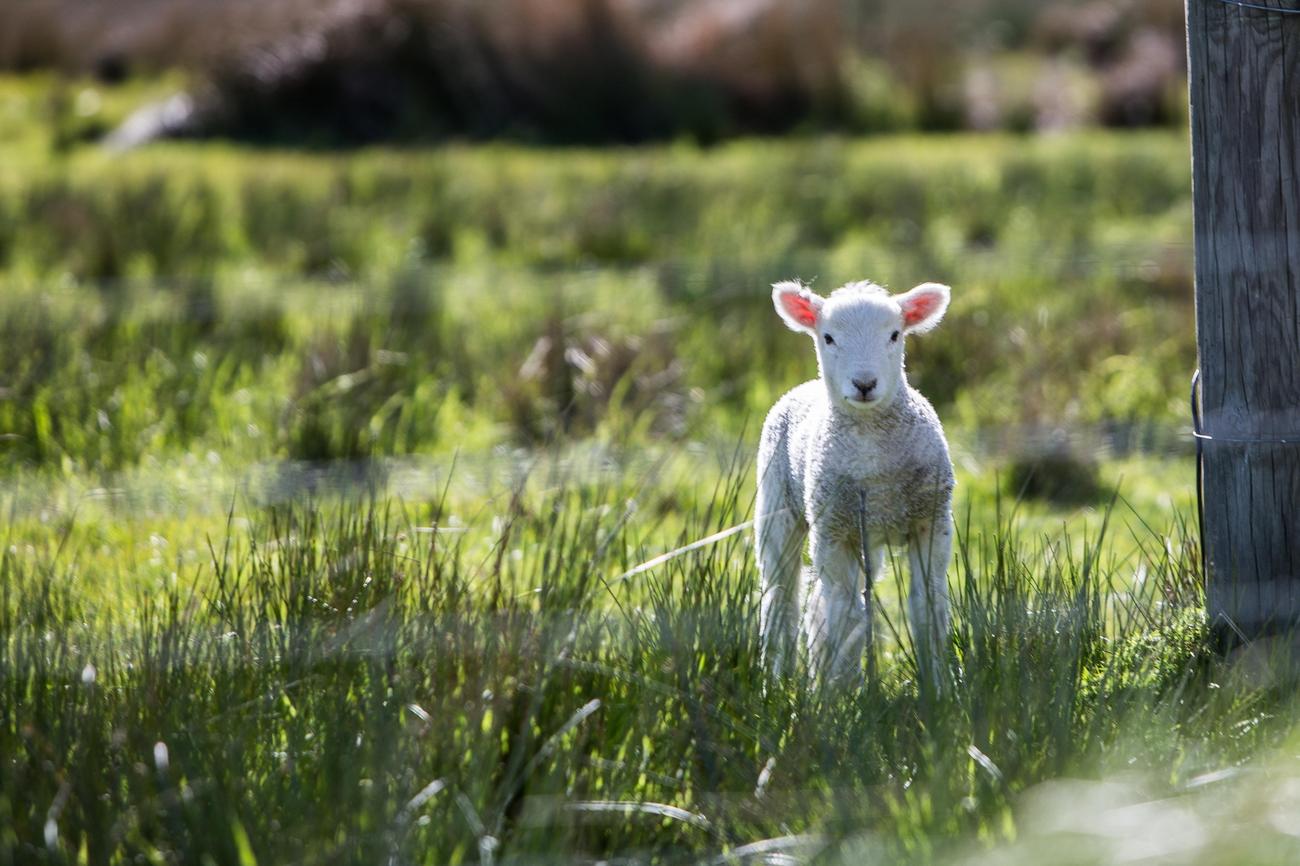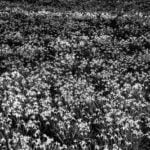Welcome to the captivating world of cotton cultivation, where intriguing details and fascinating nuances await. In this article, we will take a deep dive into the lesser-known aspects of this ubiquitous plant, unraveling the stories that often go unnoticed. From sustainability and challenges to innovative practices, join me as we unveil the captivating world of cotton cultivation and discover the intriguing details that lie beneath its surface.

Intriguing Details on Cotton Cultivation
Cotton, the versatile crop that we often take for granted, holds a vast array of intriguing details waiting to be unraveled. From its impact on the environment to the challenges faced by farmers, there is so much more to cotton cultivation than meets the eye. Let’s delve into the fascinating intricacies of this ubiquitous plant and discover the captivating stories hidden within its fibers.
Environmental Impact and Challenges
As much as cotton is a beloved fabric, it is important to acknowledge the environmental impact associated with its cultivation. The use of chemicals in cotton farming, such as pesticides and fertilizers, contributes to runoff water containing nutrients, salts, and pesticides. This runoff can potentially contaminate water sources and harm ecosystems. Additionally, excessive irrigation and water leaching can lead to groundwater pollution and soil salinity, posing serious challenges for sustainable cultivation.
[quote] It’s crucial to address the environmental concerns surrounding cotton cultivation to ensure its long-term viability and sustainability.
Cultivation Technologies
Successful cotton cultivation requires an intricate web of cultivation technologies and practices. From pre-sowing or bed formation to post-sowing, pre and post-harvesting, weed removal, irrigation, and pest control, there is no shortage of meticulous steps involved in growing this crop. These cultivation technologies play a vital role in ensuring optimal growth and yield.
[quote] Mastering the art of cotton cultivation involves a delicate dance between science and skill, where every step counts towards a successful harvest.
China’s Achievements and Challenges
China has achieved significant milestones in cotton production, becoming one of the world’s leading producers. However, this success hasn’t come without its fair share of challenges. The country’s heavy reliance on high resource inputs and labor poses sustainability concerns. As the industry evolves, finding innovative solutions to reduce resource consumption and increase efficiency becomes increasingly crucial.
[quote] China’s achievements in cotton production serve as both inspiration and a reminder of the challenges the industry must overcome to ensure a sustainable future.
Cotton’s Ideal Growing Conditions
Have you ever wondered where cotton thrives the best? This fascinating crop flourishes in tropical and sub-tropical warm humid climates, with an optimal temperature of around 24°C. Its affinity for warmth and humidity creates the perfect conditions for cotton plants to grow and produce the soft fibers we love.
[quote] Nature has its preferences, and cotton’s love for warm climates lends itself to regions where vibrant cotton fields proudly sway in the sun.
Greenhouse Gas Emissions and Water Intensity
Cotton production, although beloved, comes with its share of environmental drawbacks. The process can be water-intensive, making it a contributor to water scarcity in certain regions. Furthermore, cotton cultivation also generates high levels of greenhouse gas emissions, amplifying the urgency to adopt sustainable practices that minimize the crop’s carbon footprint.
[quote] A deeper understanding of cotton’s environmental impact sheds light on the urgent need for sustainable farming practices that preserve our precious resources.
Advances in Cotton Science
Cotton science plays a pivotal role in driving sustainable cultivation practices forward. From advancements in botany and breeding to improved production techniques, these scientific innovations equip farmers with the tools and knowledge needed to grow cotton more efficiently and sustainably. By staying at the forefront of cotton science, the industry can continue to make positive strides toward a greener future.
[quote] Embracing scientific progress is crucial for the cotton industry’s journey towards sustainability, forging a path that harmonizes productivity with environmental responsibility.
The Rich History of Cotton Cultivation
Throughout history, cotton cultivation has interwoven itself into the very fabric of societies around the world. Local and global consumers have reveled in the diverse cotton textiles produced through traditional cultivation practices. From soft cotton garments to intricate tapestries, the cultural significance of cotton is deeply ingrained in our history and traditions.
[quote] Every cotton textile holds within it a tapestry of stories, connecting us to our roots and showcasing the remarkable versatility of this ancient crop.
Cotton’s Resilience Amidst Challenges
Cotton production is not without its own set of obstacles. Extreme weather changes, soil salinization pollution, and labor shortages present ongoing challenges for cotton farmers. However, through resilience and innovative problem-solving, farmers continue to adapt and find solutions to ensure the sustenance of this vital commodity.
[quote] In the face of adversity, cotton farmers demonstrate their unwavering resilience, proving that passion and determination can conquer even the toughest challenges.
Through exploring these intriguing details on cotton cultivation, we gain a deeper appreciation for the complexities hidden beneath its soft exterior. It is the responsibility of both farmers and consumers to embrace sustainable practices, nurture innovation, and celebrate the rich history of cotton. By doing so, we can ensure the longevity of this remarkable plant and all the stories it holds within its fibers.
Cotton plants have always fascinated people with their incredible properties and versatility. If you’re curious about this amazing plant, we’ve got three captivating facts for you. Did you know that cotton plants can grow up to 6 feet tall and produce beautiful flowers? That’s just the beginning! Cotton is also one of the softest and most breathable fabrics, making it ideal for clothing and bedding. And here’s a surprising fact: cotton fibers are around 95% cellulose, the main component of plant cell walls. Want to learn more about the wonders of the cotton plant? Check out our article on 3 Facts About Cotton Plant.
To dive deep into the fascinating world of cotton plants, click here: 3 Facts About Cotton Plant.

FAQ
Question 1: What are the environmental impacts of cotton cultivation?
Answer: Cotton cultivation has several environmental impacts, including the use of chemicals that result in runoff water containing nutrients, salts, and pesticides. Excess irrigation and leaching of water contribute to groundwater pollution and soil salinity. Additionally, cotton production is water-intensive and contributes to high greenhouse gas emissions.
Question 2: What specific cultivation technologies are required for growing cotton?
Answer: Cotton cultivation requires various specific technologies, such as pre-sowing or bed formation, post-sowing activities, pre and post-harvesting procedures, weed removal, irrigation management, and pest control measures. These technologies are crucial for ensuring successful cotton production.
Question 3: What challenges does China face in cotton production?
Answer: China has made significant achievements in cotton production but faces challenges due to its reliance on high inputs of resources and labor. Overcoming these challenges is essential to sustain and improve cotton production in the country.
Question 4: In which climates can cotton be grown?
Answer: Cotton can be grown in tropical and subtropical warm humid climates. An optimal temperature for cotton cultivation is around 24°C. These favorable climate conditions support the growth and development of cotton plants.
Question 5: How does historical cultivation practices impact cotton textiles?
Answer: Historical cultivation practices have contributed to the production of diverse cotton textiles for both local and global consumers. Different regions have developed unique techniques and styles of cotton production, resulting in a rich cultural heritage of cotton textiles.
- China II Review: Delicious Food & Speedy Service - April 17, 2025
- Understand Virginia’s Flag: History & Debate - April 17, 2025
- Explore Long Island’s Map: Unique Regions & Insights - April 17, 2025
















